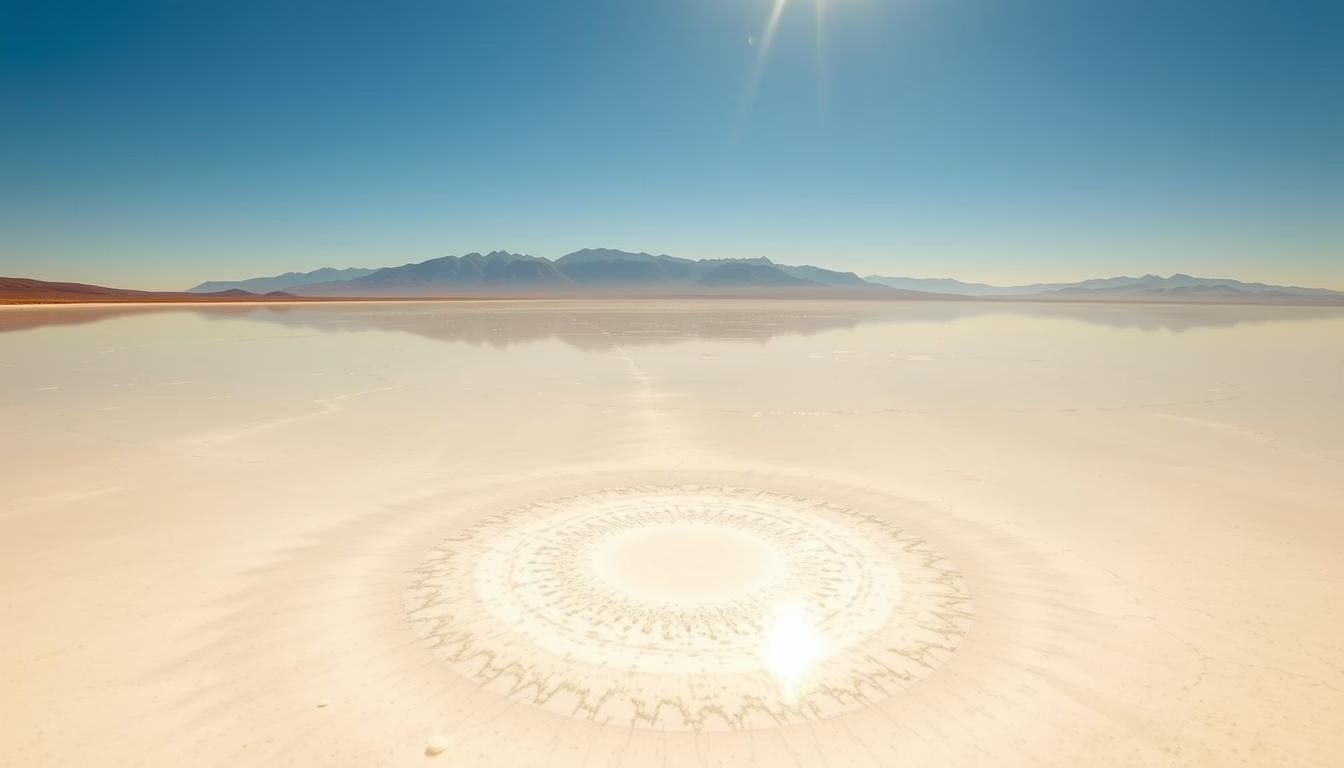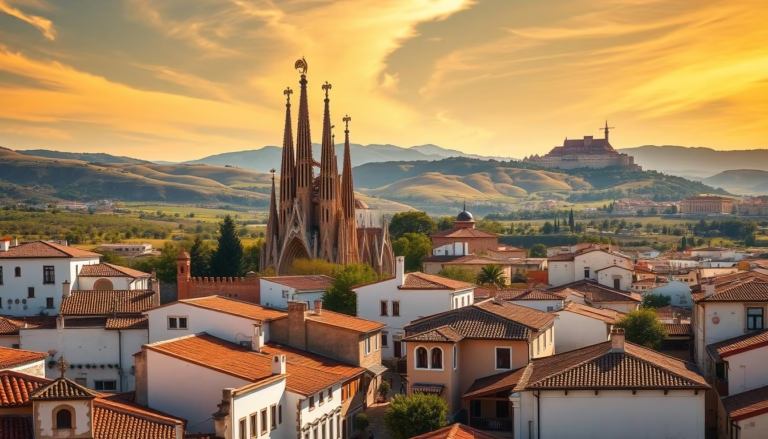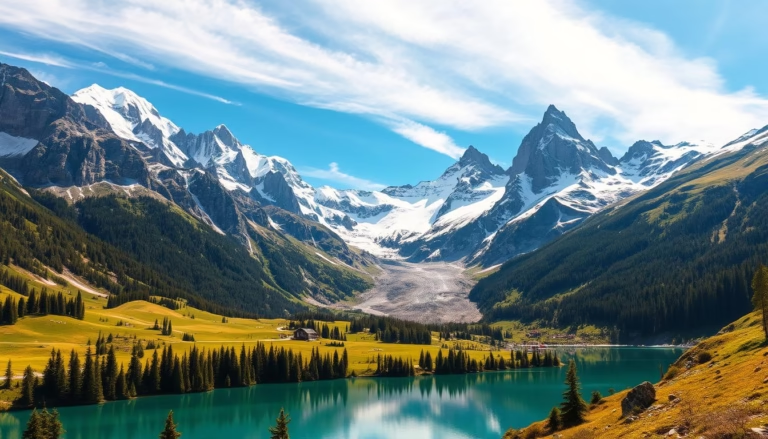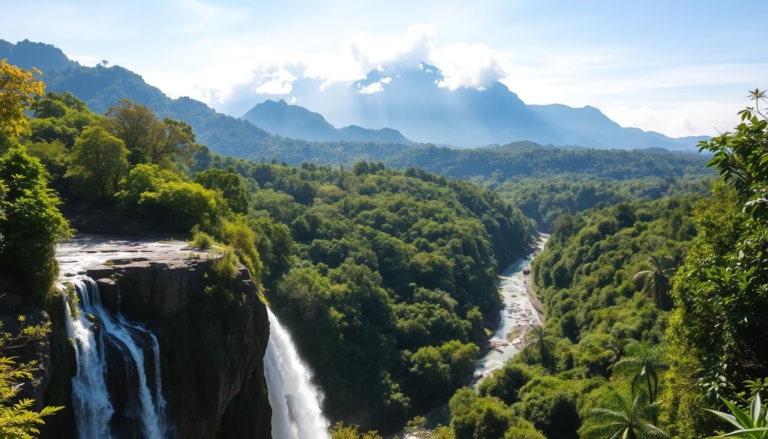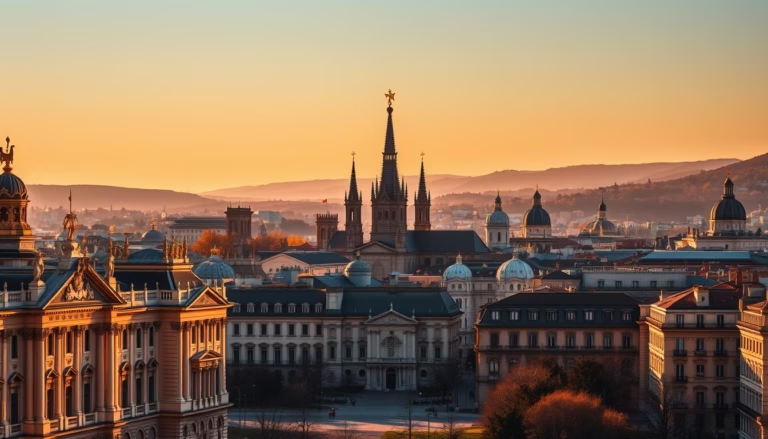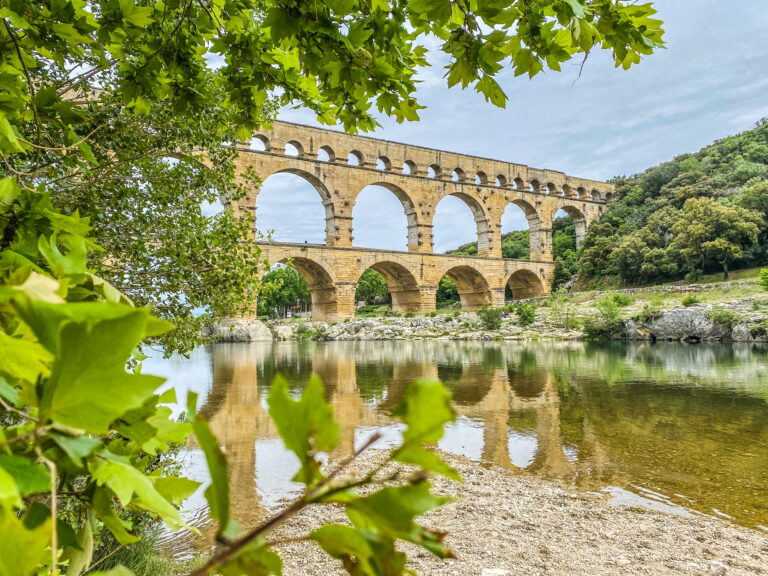Tourist Attractions in Bolivia: Must-See Places
Tucked away in the heart of South America, Bolivia remains a land of raw beauty and untamed adventure. Think endless salt deserts that mirror the sky, cloud-kissed mountain ranges, and rainforests teeming with wildlife. Unlike its more visited neighbors, this country lets you explore without the crowds, blending epic scenery with rich indigenous traditions.
From the surreal Salar de Uyuni to the historic streets of Sucre, every corner tells a story. High-altitude lakes glow in impossible shades of blue, while ancient ruins whisper secrets of lost civilizations. Here, travel feels personal—a chance to connect with authentic culture and landscapes unchanged by mass tourism.
Key Takeaways
- Bolivia offers diverse ecosystems, from salt flats to jungles.
- Experience fewer crowds compared to neighboring countries.
- Highlights include Salar de Uyuni and pre-Columbian sites.
- Adventure-focused trips thrive in varied altitudes.
- Local culture remains deeply rooted and accessible.
- Dry season (May–October) is ideal for most visits.
Introduction: A Journey Through Bolivia’s Wonders
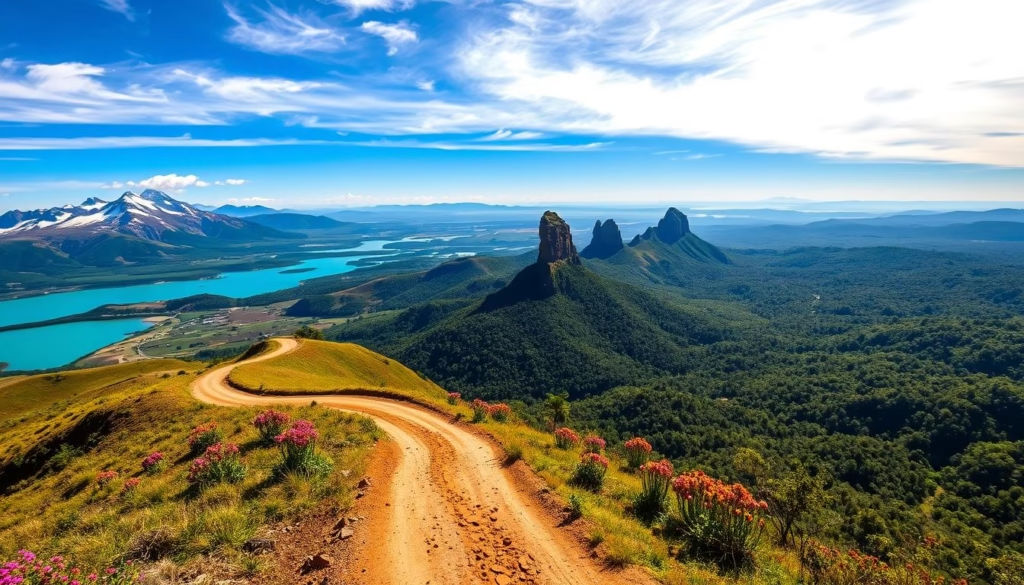
Where else can you stand atop snow-capped peaks at dawn and paddle through steamy jungles by dusk? This landlocked nation holds geographic extremes found nowhere else – a living atlas of Earth’s wonders packed into one country. Its layered terrain creates micro-worlds where llamas graze near cactus forests and pink river dolphins swim in Amazonian waters.
Travelers find constant surprises here. Colonial cities painted in terracotta hues sit hours from pre-Inca stone temples. High-altitude lakes shimmer like liquid sapphires beside rust-red deserts. This variety makes every trip unique – whether you’re photographing rainbow-colored mountains or bartering at indigenous markets.
Culture pulses through daily life. Over 30 native groups preserve traditions through vibrant textiles, ritual dances, and ancient farming methods. Spanish-era churches stand beside cholitas selling mystical herbs in open-air markets. Even meals become cultural exchanges, blending Aymara potato stews with Spanish-style empanadas.
Adventure comes in all forms. Bike down the world’s most dangerous road one day, then float peacefully across mirror-like salt flats the next. With landscapes shifting faster than the weather, Bolivia keeps you leaning forward – literally and metaphorically – throughout your journey.
Exploring Salar de Uyuni: The World’s Largest Salt Flats
Imagine walking across a canvas of pure white stretching to every horizon. The Salar de Uyuni, formed by an ancient evaporated ocean, spans over 4,000 square miles – roughly the size of Hawaii. This surreal expanse of crystallized salt feels like stepping onto another planet, where the sky merges seamlessly with the ground.
Tour Options and Best Seasons
Timing shapes your experience here. December-February rains create the iconic mirror effect, turning the flats into a liquid sky. Dry months (May-September) reveal geometric salt patterns and stellar night skies. Most visitors choose three-day tours from Uyuni town, while adventurous souls prefer four-day trips from Tupiza with extra canyon vistas.
Stargazing and Mirror Effects
Winter’s crisp air makes constellations blaze brighter here than almost anywhere on Earth. Guides often pause night drives for Milky Way photography. By day, the rainy season’s shallow water transforms the flats into a natural infinity mirror – perfect for playful perspective shots with props like toy dinosaurs or soda bottles.
Don’t miss Incahuasi Island’s thousand-year-old cacti rising from the salt crust. These spiky giants add striking contrast to photos, especially at golden hour when shadows stretch across the gleaming surface.
Marveling at Lake Titicaca and Isla del Sol
Rising like a liquid sapphire between mountain peaks, Lake Titicaca floats at 12,467 feet – making it the highest navigable body of water on Earth. This Andean gem straddles Bolivia and Peru, but its cultural heart beats strongest on Isla del Sol, where stone pathways lead to ancient shrines and sweeping lake vistas.
Where Myths Meet Mountains
Local lore claims the first Inca emperor emerged from these waters. Today, visitors trace history through:
- The labyrinth-like Chincana ruins
- A museum displaying ceremonial gold artifacts
- The Fuente del Inca, where pilgrims sip “eternal youth” waters
“Drink from these waters, and you’ll carry the spirit of the Incas in your steps,” whispers a local guide.
Trails and Twilight Horizons
Four-hour hikes cross terraced hillsides dotted with grazing alpacas. Start at Yumani Village for golden-hour views where lake meets sky. Early risers catch dawn painting the Cordillera Real peaks pink – best seen from Pilko Kaina temple.
| Boat Tour Type | Duration | Key Stops |
|---|---|---|
| Standard Day Trip | 8 hours | North Island ruins, Fountain of Youth |
| Overnight Adventure | 2 days | Sunset photography, village homestays |
| Private Charter | Custom | Hidden coves, archaeological sites |
Boats depart Copacabana daily at 8:30 AM. Pack layers – temperatures swing from 55°F at dawn to 75°F by noon. Basic guesthouses offer wool blankets and starry night skies unmatched by luxury resorts.
Adrenaline Adventures on Yungas Road and Death Road
Gravity becomes your guide as you plunge from Andean snowscapes into steamy jungles in a single day. The infamous Yungas Road, nicknamed “Death Road,” delivers a white-knuckle cycling experience unlike any other. Once dubbed the world’s most dangerous route, this 42-mile gravel path now thrills adventure seekers with controlled descents and jaw-dropping vistas.
Cycling for the Thrill-Seekers
Pedal through four climate zones as you drop 9,842 feet from La Cumbre’s frosty plains to Los Yungas’ humid valleys. Expect:
- Hairpin turns skirting 1,000-foot cliffs
- Mist-shrouded waterfalls crashing beside the path
- Tropical warmth replacing mountain chill within hours
“You’re not just riding a bike – you’re time-traveling through ecosystems,” says a veteran guide.
Essential Safety and Tour Tips
Reputable operators transformed this death-defying route into a managed adventure. Prioritize companies offering:
- Disc brakes and full-suspension mountain bikes
- Certified guides trained in first aid
- Weather-appropriate gear (gloves, jackets, helmets)
Most tours include transfers from La Paz and cost around $60. Train your forearms for constant braking, and wear layers – temperatures swing from 40°F to 80°F during the descent.
Experiencing La Paz: City Life and Cultural Gems
Perched in a mountain bowl at 11,811 feet, La Paz defies expectations. This high-altitude metropolis blends glass skyscrapers with traditional Aymara culture, offering dizzying vistas at every turn. Take your time exploring – the thin air demands slower pacing but rewards with unforgettable urban adventures.
Cable Car Rides and Panoramic Views
The Mi Teleferico system revolutionizes how you see the city. Ten colorful lines whisk riders over terracotta rooftops and canyon-like streets for just $0.40 per trip. The Celeste Line delivers jaw-dropping views of Illimani volcano, while the Orange Line connects to El Alto’s bustling markets.
Discovering the Witches Market
On Sagárnaga Street, dried llama fetuses hang beside herbal remedies – a place where ancient beliefs thrive. Locals consult yatiri shamans for blessings using:
- Miniature wish-granting houses
- Protection amulets made from seeds
- Fertility potions with Amazonian herbs
“These items aren’t souvenirs – they’re bridges between worlds,” explains a market vendor.
Start mornings with coca tea to combat altitude effects, then wander San Pedro’s hidden plazas. By sunset, watch the city transform into a sea of twinkling lights from Killi Killi viewpoint.
Immersing in the Bolivian Amazon at Madidi National Park
Navigating chocolate-brown rivers leads to a living encyclopedia of biodiversity. Madidi National Park spans an area larger than New Jersey, sheltering 11% of Earth’s bird species and untold jungle secrets. Your journey begins with a three-day boat ride from Rurrenabaque – a slow-motion adventure where pink river dolphins breach beside your vessel.
Wildlife Encounters and Eco-Tourism
Dawn here sounds like a thousand whistles and chirps. Spider monkeys swing through canopy towers while jaguars patrol shadowy trails. Local guides track rare species using ancestral knowledge – like spotting caimans by their eye shine in flashlight beams.
Community-run tours let you fish for piranhas using raw meat bait, then grill your catch over open flames. Nights bring symphony-like insect choruses and starry skies unobscured by light pollution. As one Tacana elder shares: “The forest isn’t just our home – it’s our greatest teacher.”
Budget-friendly packages ($80-$120) include:
- Jungle hikes identifying medicinal plants
- Visits to Tacana villages preserving traditional crafts
- Sunset cruises spotting giant river otters
These initiatives fund conservation while keeping 95% of the national park untouched. You leave not just with photos, but with stories of a world where humans and wilderness still coexist.
Uncovering History at Tiwanaku and Jesuit Missions
Stone whispers from forgotten empires rise from Bolivia’s high plains. The Tiwanaku ruins, a UNESCO World Heritage Site, reveal advanced engineering skills that predate the Inca by centuries. Massive stone blocks fit together without mortar, puzzling modern architects.
Ancient Architecture and Cultural Influence
Walk through the iconic Puerta del Sol gate, carved from a single rock with celestial symbols. Scholars believe its markings tracked solstices, proving Tiwanaku’s role as a spiritual hub. Nearby, the Puma Punku complex showcases precision-cut stones that defy explanation.
Shift gears to colonial times in La Chiquitania’s mission towns. Six preserved churches blend European Baroque with indigenous flair. Their carved wooden altars tell stories of cultural fusion through intricate jungle motifs.
“When the music festival begins, these walls sing with 18th-century melodies,” says a local preservationist.
Key highlights include:
- The Catedral de Concepción’s golden altarpiece
- Original Jesuit-era manuscripts in San Javier
- Annual Baroque festival attracting global musicians
These sites don’t just display history – they keep it alive through traditions. While not overrun with tourists, the missions offer authentic glimpses into colonial life through living heritage.
Conquering the Andes: Hiking and Mountain Adventures
Scaling Bolivia’s Andean peaks feels like walking through Earth’s geological diary. Trails here range from gentle slopes to knife-edge ridges, each revealing new perspectives of snow-dusted valleys and cobalt skies. Unlike crowded alpine destinations, these paths offer solitude where your footsteps echo against ancient rock.
Day Hikes for Every Adventurer
Pico Austria delivers big rewards without technical gear. This 17,388-foot summit near La Paz serves panoramic views of glacial lakes and the Condoriri massif. Start early to catch alpenglow painting the peaks rose-gold.
Acclimatize first with easier routes like Valle de la Luna’s clay canyons. Locals recommend coca tea and layered clothing – temperatures swing 40°F between sunrise and noon. As one Quechua guide notes: “The mountains test your breath, but feed your spirit.”
Multi-day treks like the Cordillera Real traverse remote villages where hikers trade stories with shepherds. Whether chasing sunrise summits or stargazing at base camps, Bolivia’s high country turns every step into a conversation with raw nature.
